It was a nice treat to be staying in a B&B where all we had to do for breakfast was to walk downstairs and it was all laid out for us in a mini-buffet. There was fresh bread, pancakes with blueberries, muesli, yoghurt, fruit, cheeses and a lot more. There was a high chair for Rhys which meant that we could also eat at the same time.
After breakfast, we got Rhys off for his morning nap and it was around noon by the time we set off to visit the PEI Potato Museum in the nearby town of O'Leary. It has definitely been different travelling with a baby as we haven’t been able to pack our days as full of sightseeing. Where in the past we’d have done maybe 3-4 sites a day and are touring for 9-10 hours, we instead get to 1 or 2 sights and maybe spend about 6 hours a day touring. It’s just a slower pace but we’re still enjoying each place just as much. Museum visits are definitely quicker nowadays so it’s a good thing we haven’t had too many of them on this trip.
The Potato Museum was very well organized with a good mix of multimedia that clearly illustrated the important role of the mighty potato in PEI’s past and present and also the world. The museum took us from the early days of sowing of seed potatoes all the way through to harvesting and the various uses of potatoes in modern industry.
There was way too much information to absorb but here are some interesting tidbits that really stood out for us:
- Potatoes are a near-perfect food. Together with whole milk (to provide Vit. A and D), they are able to supply almost all the necessary food elements. For the health conscious, it is cholesterol free and an average potato contains about 80-100 calories, the same as a large apple or orange
· Captain Cook was likely the person that introduced the potato to the indigenous people of Canada and Australia
· As a birthday gift, Parmentier presented a bouquet of potato blossoms to Louis XVI. The king wore one in his buttonhole and gave the rest to Marie Antoinette who appeared at a social event with a cluster in her hair. The French court followed suit, and Parisian flower sellers then began to charge outrageous prices for the blossoms.
· The potato was never a crop of choice in most nations – it usually became popular (or in many cases was mandatorily grown) in times of famine/depression
· The source of the blight that caused the potato famine of 1845 in Ireland was North America. It’s ironic that the majority of Irish emigration during that time was to North America
· In Hollywood, potato flakes are used for snowflakes
· Italians believed a fatal curse could be put on a person by writing his or her name on a piece of paper and fastening it to a potato with as many pins as possible
· The Yukon Gold breed was invented in a Canadian university and went nearly extinct because although it had a good yield, it wasn’t marketed properly and therefore didn’t sell. The Idaho potato board however saw potential in this new variety and bought the seeds for a fraction of the price and with some savvy marketing, made it an overnight success.
There was also a large display of old machinery and farm tools as well that was part of the museum and quite interesting to browse.
Once we had learned all about the potato, we breezed through the "community" museum which was essentially a random collection of artifacts and objects donated by the community. It was really random but had some interesting pieces that definitely made us pause for a photo!
After the museum, we went for a scenic coastal drive of the northern part of the island. We began in O’Leary and cut across to the southwest corner of the island to West Point. We stopped for a quick wander around PEI’s tallest lighthouse (at 67’, built in 1875) before resuming our scenic drive. There were a couple of viewpoints along the way that gave us decent views of the red sandstone cliffs and rolling countryside that PEI is known for. None of the viewpoints were particularly stunning and part way through our drive, I had to jump in the backseat with Rhys as he was starting to get really cranky.
The northernmost tip of the island is home to a wind turbine farm and home to the Wind Energy Institute of Canada. It was extremely windy out on the tip but we still stepped out for a quick jaunt. There is also a 2km natural rock reef that extends offshore from the cape and is reportedly the longest natural rock reef in North America. You can apparently walk out a ways on the reef in low tide and explore the tidal pools.
We then made our way speedily back to Alberton as we had to get Rhys fed and off to bed and also get some food for ourselves. We did a take out of fish and chips from the local pub (as that was pretty much the only option that didn’t require driving) and we were not disappointed – just as good as the previous night!
The next day, we were off to our next accommodation in Brackley Beach. En route, we stopped by the village of Tyne Valley which had been recommended in our guide book as “a slice of Avonlea”. Maybe we were expecting too much but we really couldn’t figure out why it had been recommended as a place to stop – I mean, there was a nice pond and a cute library, but that’s about it. We proceeded on to Brackley Beach with a quick stop in Summerside to pick up groceries. We checked in at our cottage which was very basic and outdated but very clean, fully equipped and in a central location.
The beach (part of PEI national park) was only a kilometer away so we went to let Rhys have a play in the sand and dip his toes in the Atlantic. He hasn’t really been on a sandy beach and weren’t sure what he’d make of it. The verdict: it was a big hit! So much so that he had a good fuss when we picked him up and headed back.
North Cape Coastal Drive
Tuesday, September 20, 2016
 Alberton, Prince Edward Island, Canada
Alberton, Prince Edward Island, Canada
Other Entries
-
1En route!
Sep 0911 days prior Vancouver, Canadaphoto_camera6videocam 0comment 5
Vancouver, Canadaphoto_camera6videocam 0comment 5 -
2Halifax
Sep 119 days prior Halifax, Canadaphoto_camera74videocam 0comment 4
Halifax, Canadaphoto_camera74videocam 0comment 4 -
3Peggy's Cove
Sep 128 days prior Peggy's Cove, Canadaphoto_camera18videocam 0comment 1
Peggy's Cove, Canadaphoto_camera18videocam 0comment 1 -
4Lunenburg, Blue Rocks & Mahone Bay
Sep 146 days prior Lunenburg, Canadaphoto_camera71videocam 0comment 0
Lunenburg, Canadaphoto_camera71videocam 0comment 0 -
5Annapolis Royal
Sep 173 days prior Annapolis Royal, Canadaphoto_camera95videocam 0comment 0
Annapolis Royal, Canadaphoto_camera95videocam 0comment 0 -
6Pumpkins and Grand Pre
Sep 182 days prior Wolfville, Canadaphoto_camera32videocam 0comment 1
Wolfville, Canadaphoto_camera32videocam 0comment 1 -
7Driving Day to PEI
Sep 191 day prior Alberton, Canadaphoto_camera5videocam 0comment 2
Alberton, Canadaphoto_camera5videocam 0comment 2 -
8North Cape Coastal Drive
Sep 20 Alberton, Canadaphoto_camera42videocam 0comment 1
Alberton, Canadaphoto_camera42videocam 0comment 1 -
9Green Gables
Sep 222 days later Cavendish, Canadaphoto_camera55videocam 0comment 0
Cavendish, Canadaphoto_camera55videocam 0comment 0 -
10Charlottetown
Sep 233 days later Charlottetown, Canadaphoto_camera19videocam 0comment 0
Charlottetown, Canadaphoto_camera19videocam 0comment 0 -
11Fishing Villages & Lobster Supper
Sep 244 days later North Rustico, Canadaphoto_camera35videocam 0comment 1
North Rustico, Canadaphoto_camera35videocam 0comment 1 -
12Louisbourg Fortress
Sep 266 days later Louisbourg, Canadaphoto_camera53videocam 0comment 0
Louisbourg, Canadaphoto_camera53videocam 0comment 0 -
13Gaelic College & Alexander Graham Bell
Sep 277 days later Baddeck, Canadaphoto_camera15videocam 0comment 0
Baddeck, Canadaphoto_camera15videocam 0comment 0

 Alberton, Prince Edward Island, Canada
Alberton, Prince Edward Island, Canada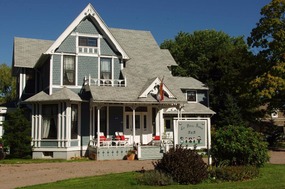


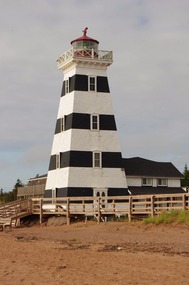
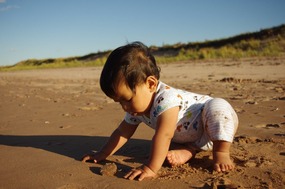

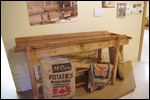
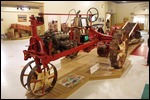
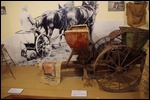
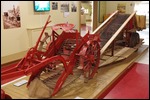
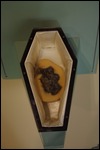
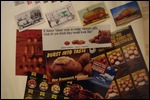
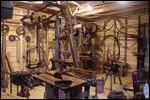
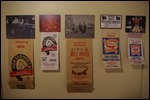
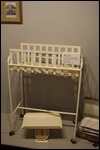

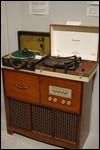
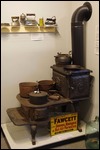
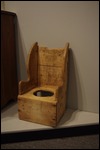
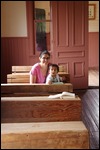


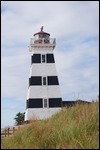
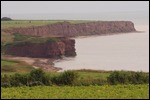

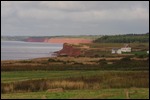
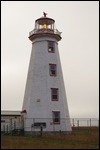
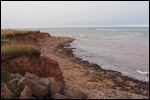
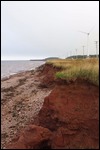


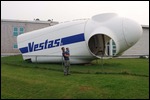
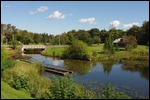
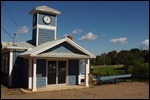
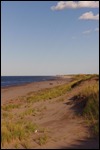


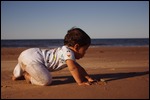


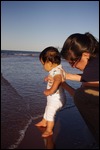
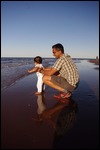

2025-05-22